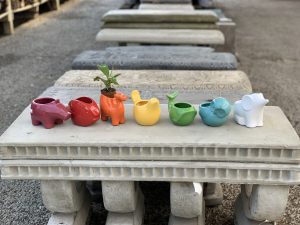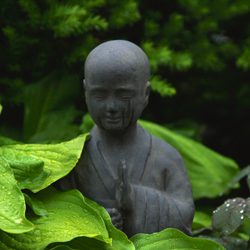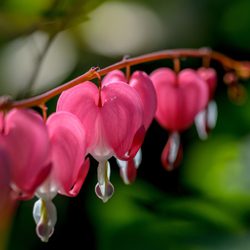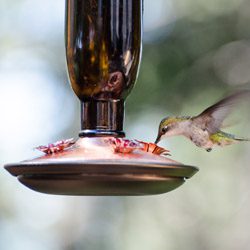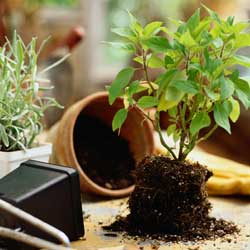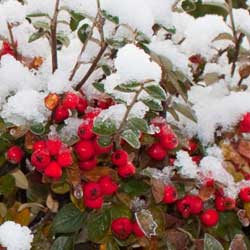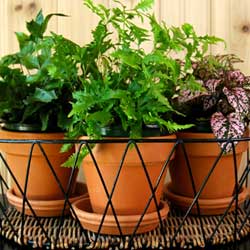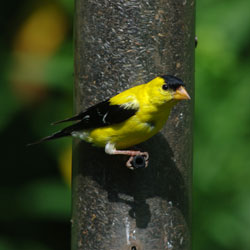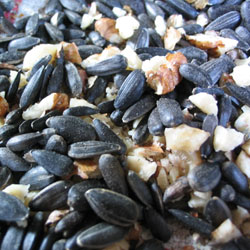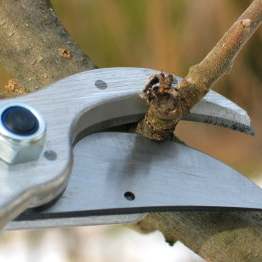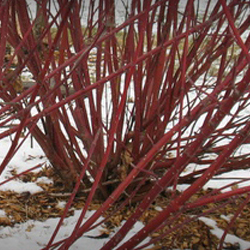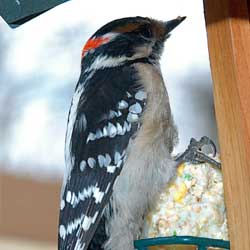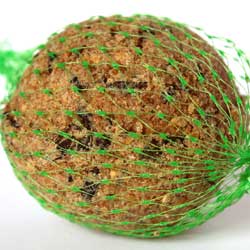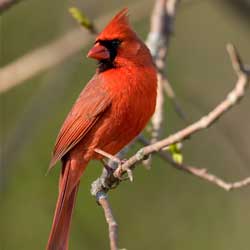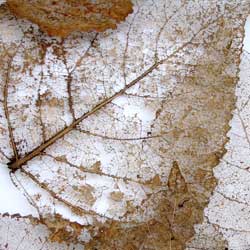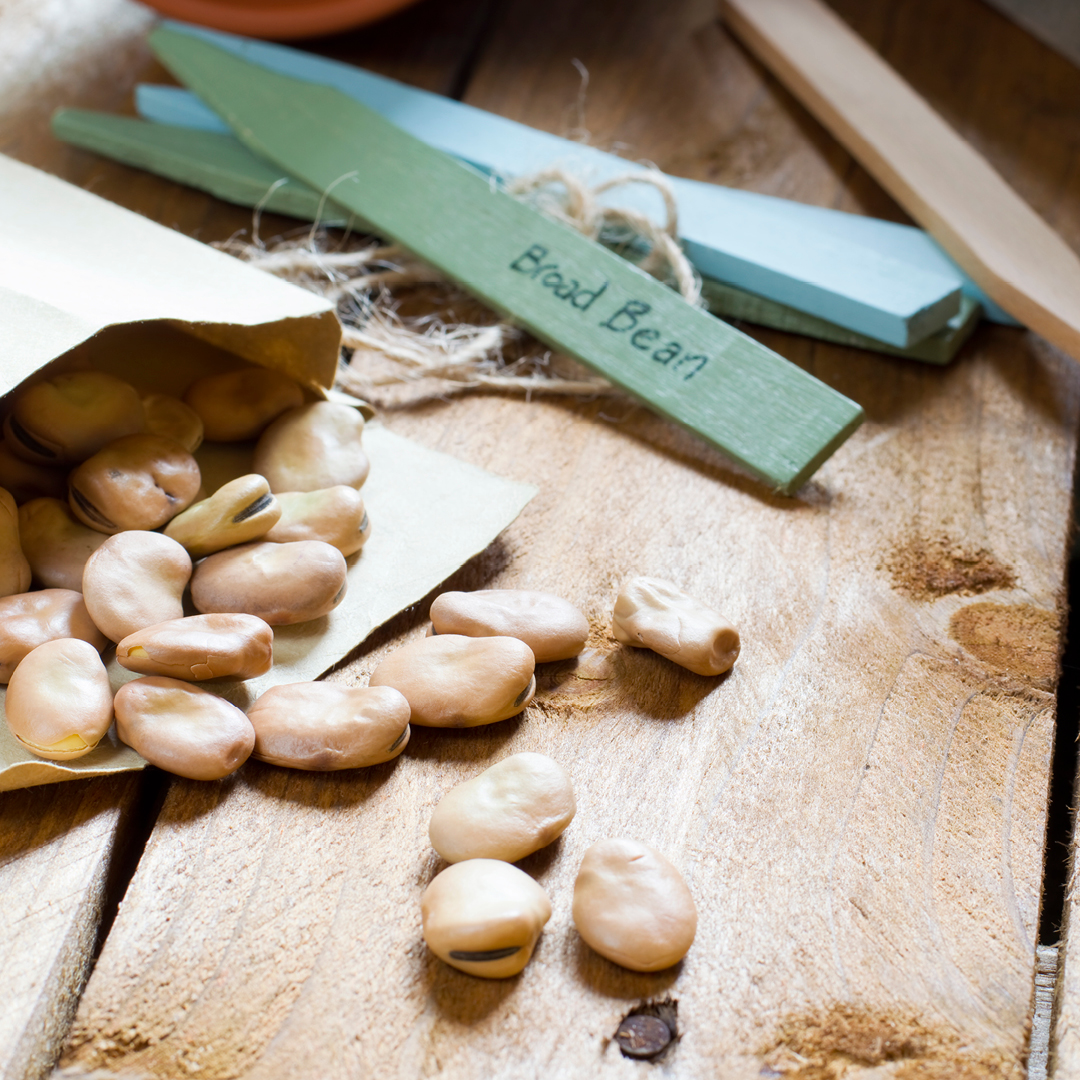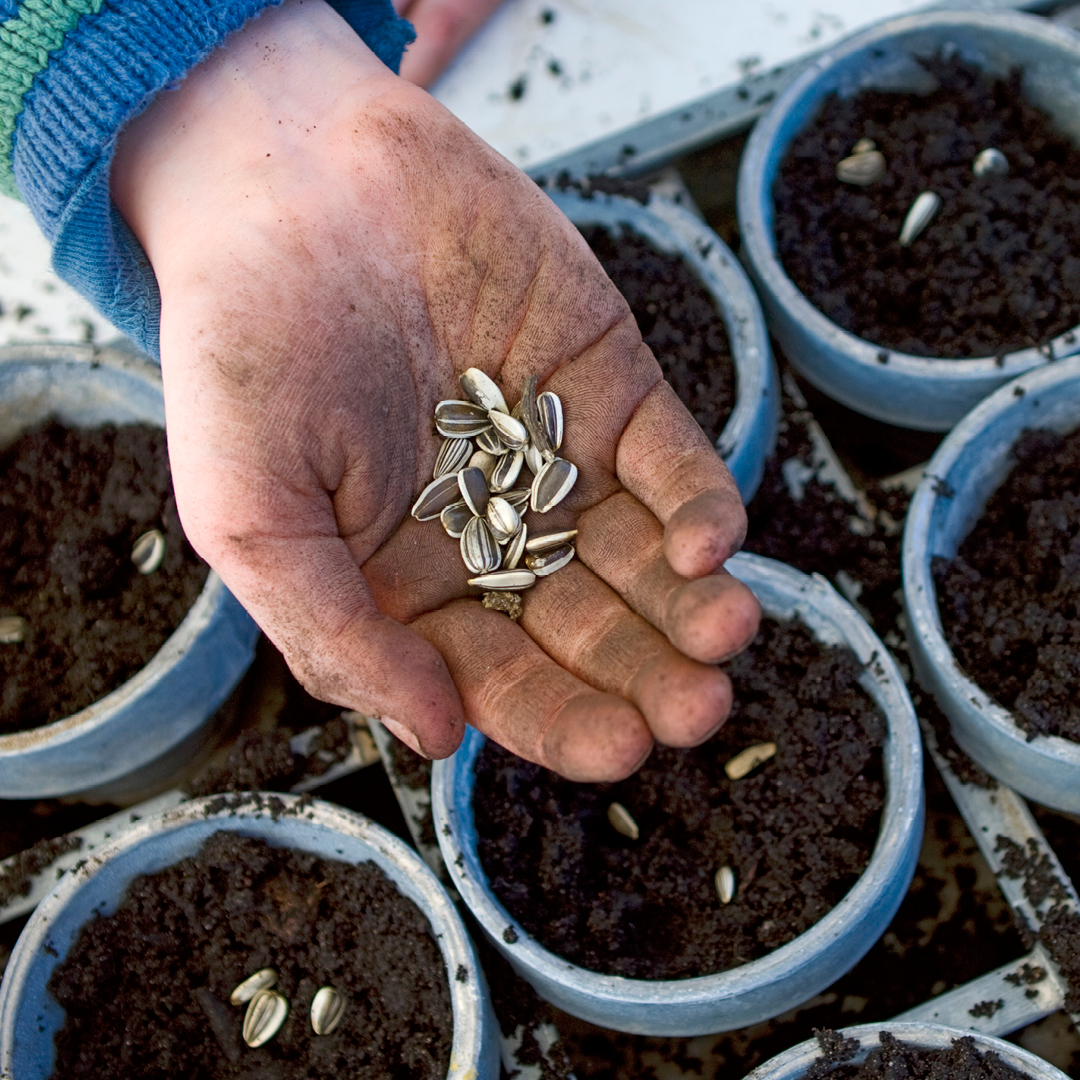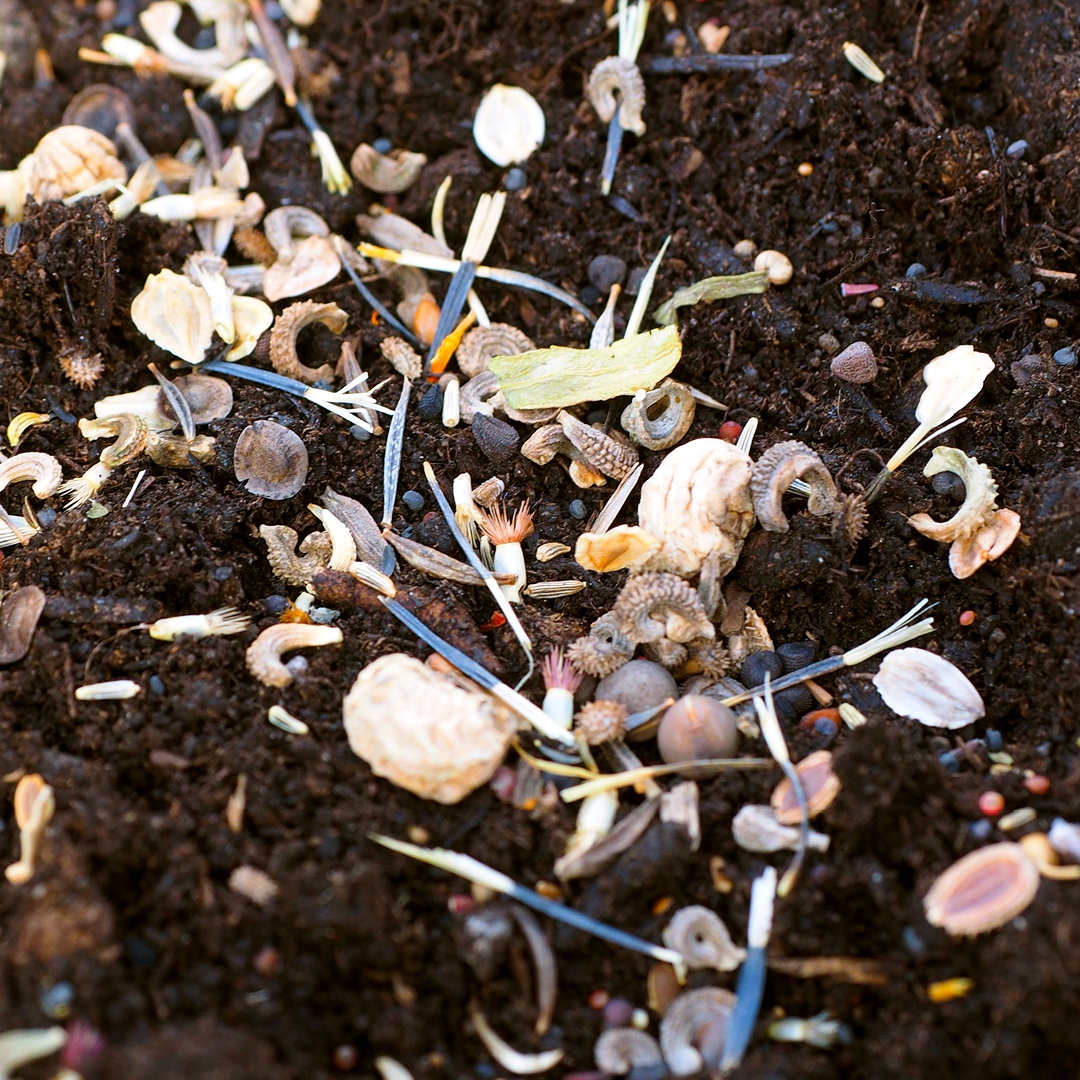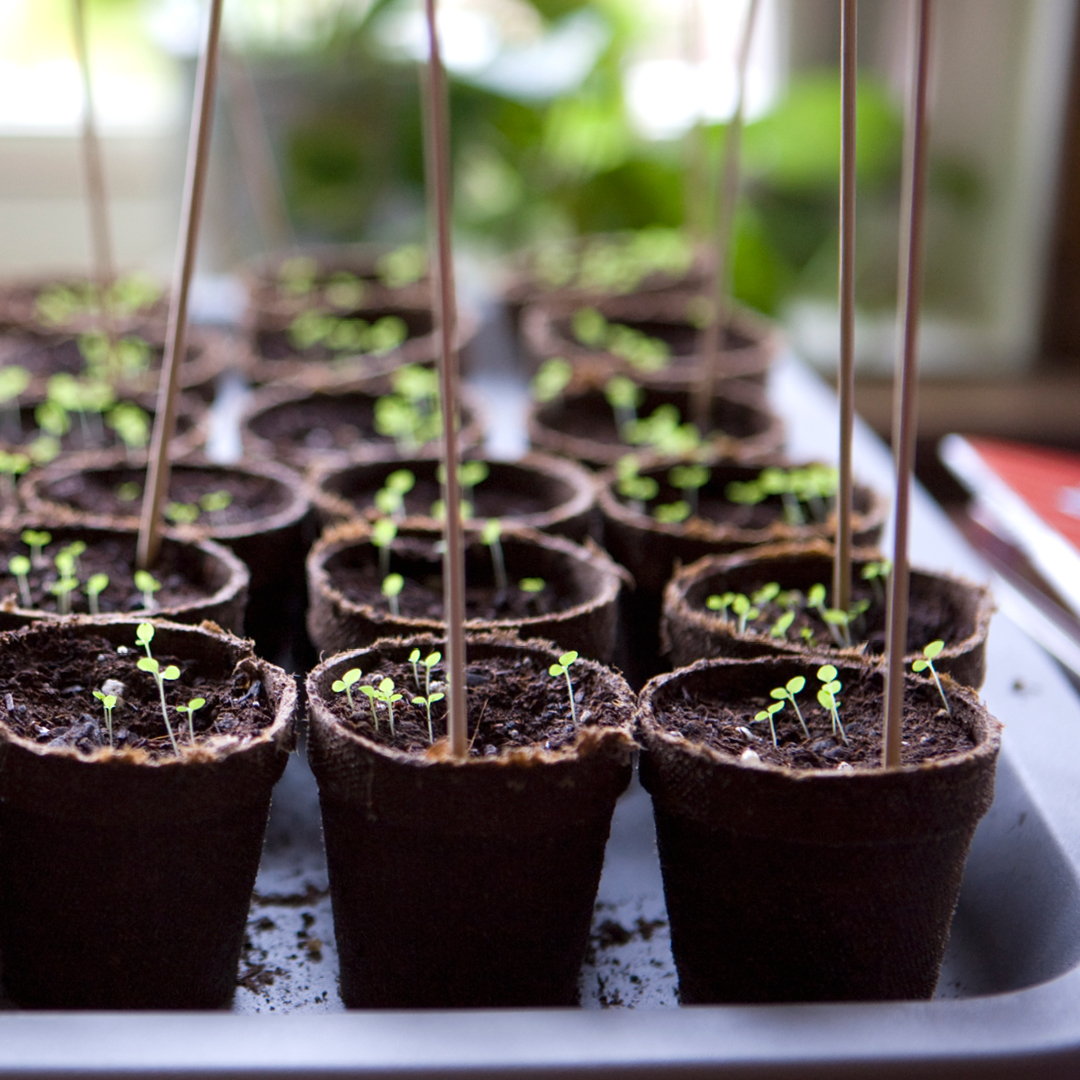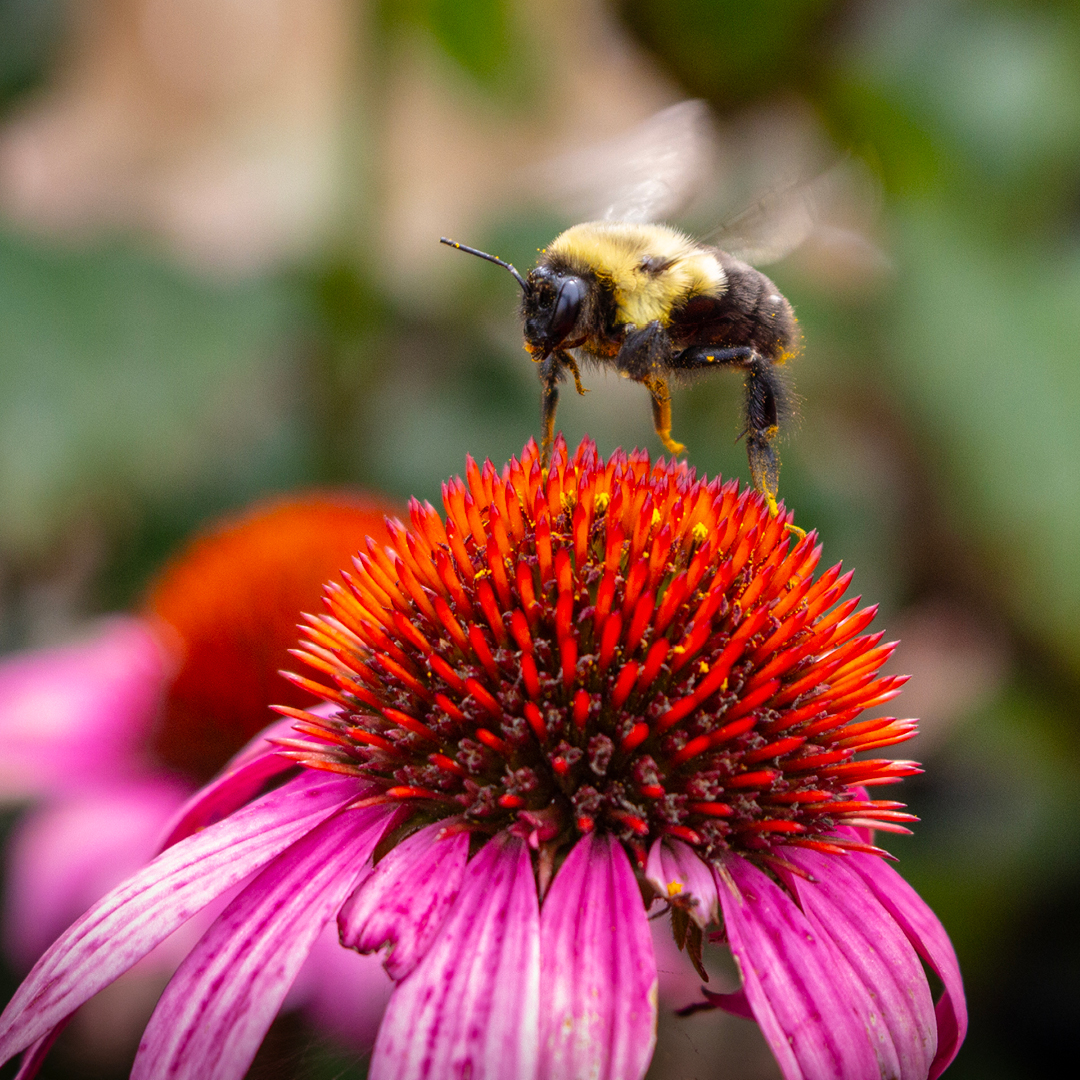Valentine’s Day is all about love, and if you love gardening, there’s no better place to find the perfect Valentine’s Day gifts than the garden center. Whether the gifts are for that someone special in your life or just to show some love to yourself or your garden, you can find a wide array of amazing choices for Valentine’s Day or any gift-giving occasion.
Gifts for Your Very Special Valentine
The garden center has much more than just tools or plants, and you can find a variety of nature-inspired gifts for everyone you love this Valentine’s Day. Whether you are shopping for a friend, neighbor, family member or anyone else on your friendship and love gift list, the garden center can offer the right touch of Valentine’s Day sentiment, including…
- Wind chimes, welcome signs, decorative path stones, and colorful wall decor for the person who loves their porch
- Bird baths, feeders, houses, nesting material and birdseed for the bird lover
- Gnomes, fairy gardens, fun statuary and other whimsical accessories for the fantasy lover
- Houseplants, succulents and easy plants for the plant lover who doesn’t have a full garden
- Moisture meters, thermometers, pH test kits and rain gauges for the environment manager
- Fountains, statues, gazing balls and other relaxing accents for those who love to meditate
Gifts for Yourself
While it’s fun to shop for Valentine’s Day gifts for all your friends and everyone you love, don’t forget to show yourself some self-love on this holiday. The garden center has great gift options for a little treat you can enjoy, including…
- New tools engineered for better ergonomics and comfortable use
- Plants and seeds to add to the variety in your garden and flowerbeds
- Decorative solar lights and other colorful accents to spice up your garden space
- Pots, planters and containers to expand your growing area
- Seed starting materials setups so you can put that caring spirit to use, even in the winter
Valentine Gifts to Give Your Garden
While you’re shopping for everyone on your Valentine’s Day list, don’t forget your garden. It gives you joy and pleasure all year long, from the first sprouts and blooms of spring to your autumn harvest, and even through the winter with preserved herbs and canned fruits and vegetables as well as outdoor visual interest. As you start planning your spring gardening chores around Valentine’s Day, mid-February is a great time to pick up gifts to “give” your garden, including…
- Proper fertilizer for the needs of different herbs, vegetables, fruits and flowers
- Pesticides to keep unwanted garden visitors away and protect your plants
- A ladybug house to attract beneficial insects to help your garden grow
- Different types of mulch to control weeds and preserve moisture in your garden
- New hoses, drip systems and other irrigation tools to keep your garden well-watered
- Row covers and other shelter to protect your garden against frosts, birds and deer
No matter what your garden needs, you can show it how much you love every plant, path and corner with Valentine gifts from the garden center. Even with every gift you give others on Valentine’s Day, you can share your love of gardening and encourage everyone to enjoy more time in the garden, courtesy of a well-stocked garden center.
